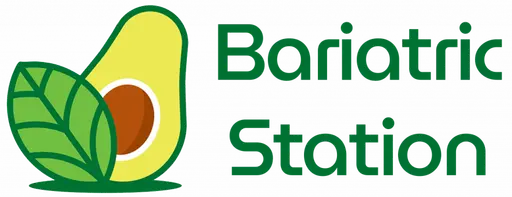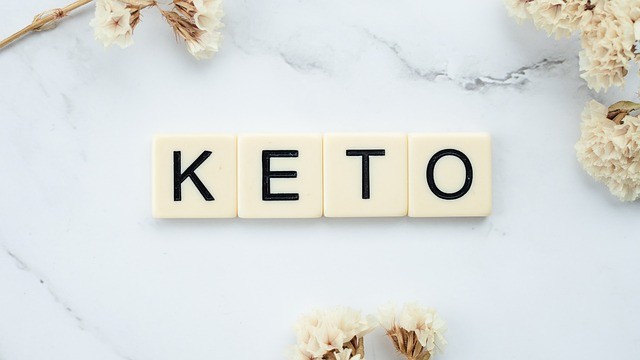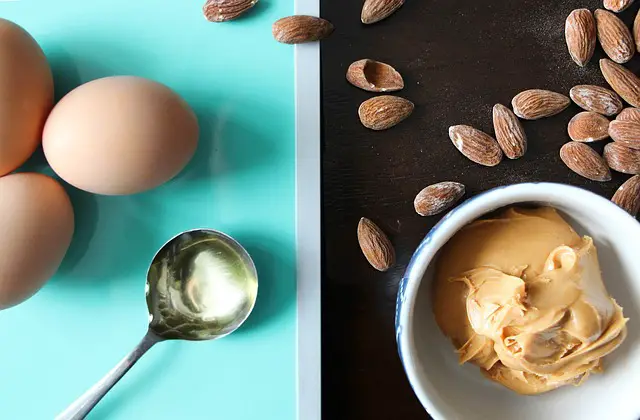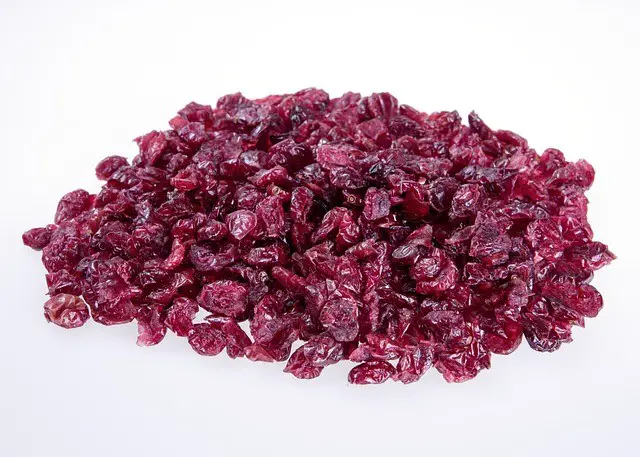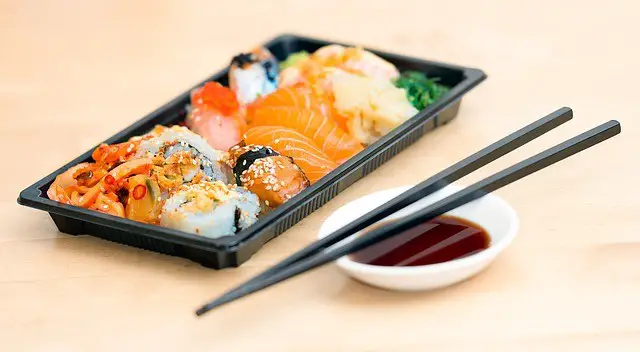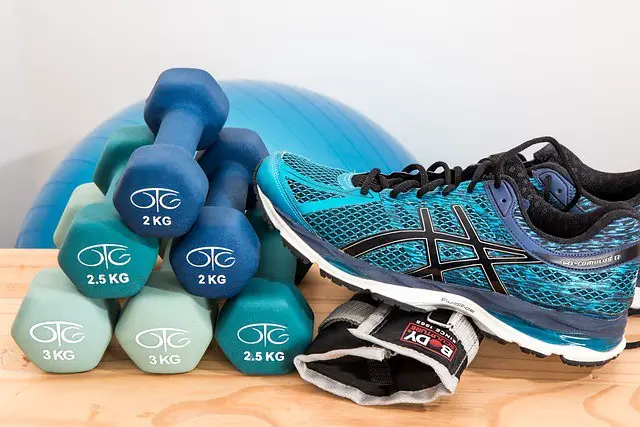Eating keto comes with very many health benefits like maintaining a healthy weight, improved insulin resistance, better brain and cognitive function, and improved heart health. But you can only reap these benefits if you are keto dieting right!
The keto diet advocates for eating fresh whole foods, and supports making your food at home over buying convenient foods. But even when making your meals you can’t escape going to the store to get groceries and other food stuff you will use to whip up your meal.
Why is today’s article important to any keto dieter? It is because every carb you eat counts on a low-carb diet. It is important to understand what net carbs are. What are total carbs? Is there a difference between net carbs and total carbs? Is counting carbs important on a ketogenic diet? Do you count net carbs or total carbs when eating a low-carb diet? Do your net carbs include or exclude dietary fiber, sugar alcohol, or both? All these are questions you need to answer to ensure you are keto dieting right!
How many carbs are in the food you are purchasing? How will you know that you are not the manufacturer? Easy, read food labels! A nutrition label will tell you the total calories a food contains, how many grams of each macronutrient is in the food, whether are there added sugars or natural sugars in the food, and other nutrition-relevant information on the food.
Reading nutrition labels can be a headache, yet it is important to do so to know whether or not a food is keto-friendly. Consider this article your guide to all things counting carbs and using nutrition labels to determine whether your food is low-carb or keto food.
How Many Carbs Can You Have On Keto Diet?
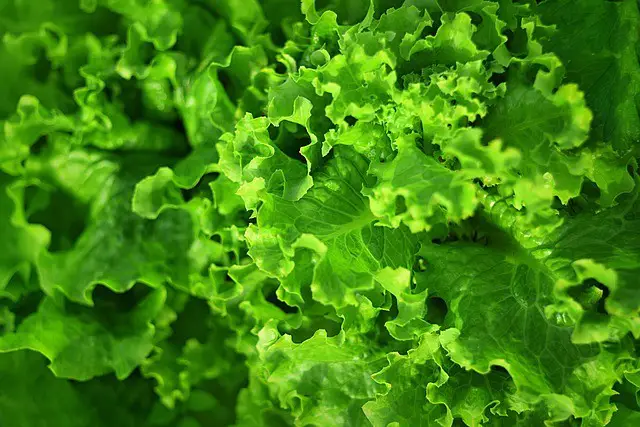
A ketogenic diet is defined as a low-carb, moderate-protein, and high-fat diet. On a keto diet, you are allowed to consume under 50 g of total carbohydrates. You should eat between 15g to 30 g of net carbs per day. This is to ensure that your body remains in ketosis. Low carb intake deprives the body of the glucose it needs for fuel. The inadequate carb intake on a ketogenic diet is what forces the body to break down fat leading to weight loss.
In the previous paragraph, I used two terms that are very important when carb counting, net carbs, and total carbs. So let’s look at these in detail to know which is which, and which is relevant to the keto diet.
Total Carbs vs Net Carbs

Carbohydrates are the sugars in food that are broken down to produce glucose, the primary source of energy for our bodies. There are three types of sugars, starch, fiber, and sugar alcohols.
Total carbohydrate or total carbs refers to all carbs present in food from the three types of carbs mentioned above.
Net carbs, on the other hand, are the digestible carbs in your food. Digestible carbs are the ones that are absorbed by your body and can impact blood sugar and insulin levels. When calculating net carbs, you subtract dietary fiber and sugar alcohols from total carbs.
Why Do We Subtract Dietary Fiber and Sugar Alcohols?
Your body does not make use of all the carbs present in your food. It digests starch and absorbs it into the blood to use for energy. Dietary fibers are not digested nor absorbed in the body so they have no calories and do not contribute to the net carbs of a food.
Sugar alcohol may taste sweet but they have an entirely different structure. Not all sugar alcohols are digestible, so it is not absorbed. Whatever hasn’t been absorbed doesn’t count.
Do You Count Total Carbohydrates or Net Carbs on Keto?
What is not absorbed into the body is not counted. With this in mind, when eating keto foods, count carbs that are digestible and can be absorbed by your body. Net carbs are what we focus on on a ketogenic diet.
Why Count Net Carbs on A Keto Diet?
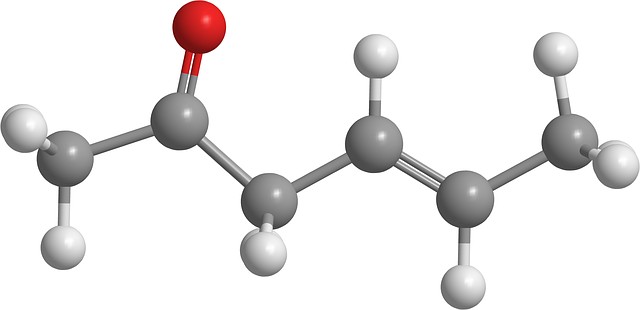
Reading through this article, you are probably asking yourself, what is the relevance of net carbs? Why count net carbohydrates in low-carb diets? While eating keto, the daily carb limit is under 50 g of total net carbs per day. This is to keep your body in nutritional ketosis, increasing fat metabolism for fuel.
This fat oxidation is what helps you lose weight. The problem with consuming too many carbs is your body can be kicked out of ketosis by excess net carb intake. This is why you should carb count, stay within your carb limit, and maintain ketosis.
For keto to work effectively for you, you need to achieve the perfect macronutrient ratio to help with weight loss and preserve muscle mass. Low-carb diets are safe and have been proven to promote your overall health.
It is also necessary to carb count because going over your carb limit can have the following effects on your body:
- Increased carb cravings increase food intake and promote weight gain.
- Hormonal imbalances could alter satiety and appetite.
- Gut microbiome imbalance
- Increased risk of developing metabolic syndrome by promoting weight gain
- Increased inflammation and oxidative damage
- Lowers insulin sensitivity and causes a lack of blood sugar control
What Is Considered Low Carb on Food Labels?
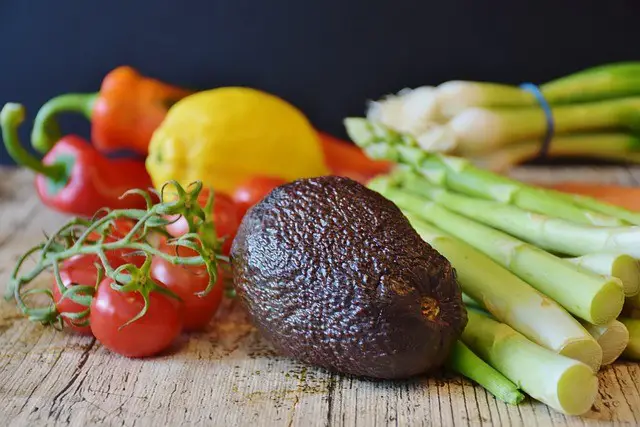
On your food labels, the total carbs per serving will be included as part of the nutrition facts of the food. They will be further broken down into fiber, carbs, starch, and sugars. The carb count displayed on the food label depends on which country the food was manufactured in and the brand.
Most nutrition labels in the USA display the total carbs per serving. If you find a food displaying the grams of net carbs, and sometimes the fiber content on the nutrition facts label, it is probably manufactured in Australia or the UK.
Foods that are low in carbs should have 5% to 10% of their total calories coming from carbohydrates. The Keto diet limits carb intake to less than 50 g of carbs per day. Most keto-friendly foods contain 1g to 2g of net carb and are recommended for very low-carb diets. Foods that contain 3g to 5g net carbohydrates are allowed on a less strict low-carb diet.
Keto Labelling Requirements
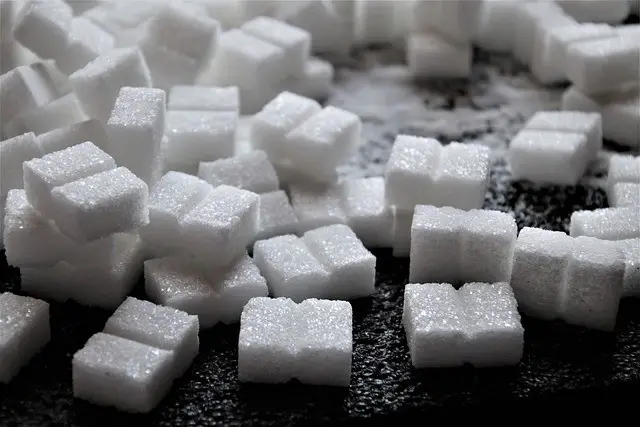
According to the Food and Drug Administration (FDA), a low-carb diet limits carb intake to less than 20% of the total calories consumed. In addition to quantifiable descriptions, some descriptive nutritional claims need to be added to a food label by food manufacturers to refer to components without recommended daily values.
These claims put in place by the FDA can show you how to read carbs for keto to ascertain whether that food is keto. The following descriptive nutritional content claims are used on a food label to represent low-carb keto foods:
- Reduced Sugar: This is added on a food label if the food contains 25% less sugar per 100g than the Reference Amount Customarily Consumed
- Sugar-free: added on a food label whose sugar content is less than 0.5 g per Reference Amount Customarily Consumed
- Without added sugar or no added sugar: this is added to processed packaged foods in which no sugar-containing ingredient was added during processing
Reference Amount Customarily Consumed refers to the amount of food per serving size set for use on nutrition labels and is regulated by the FDA. Knowing whether a food product is sugar-free, contains less sugar, or has no added sugar is necessary because sugar content contributes to net carb and total carbohydrates and affects blood glucose levels.
Why Should You Read Food Labels?
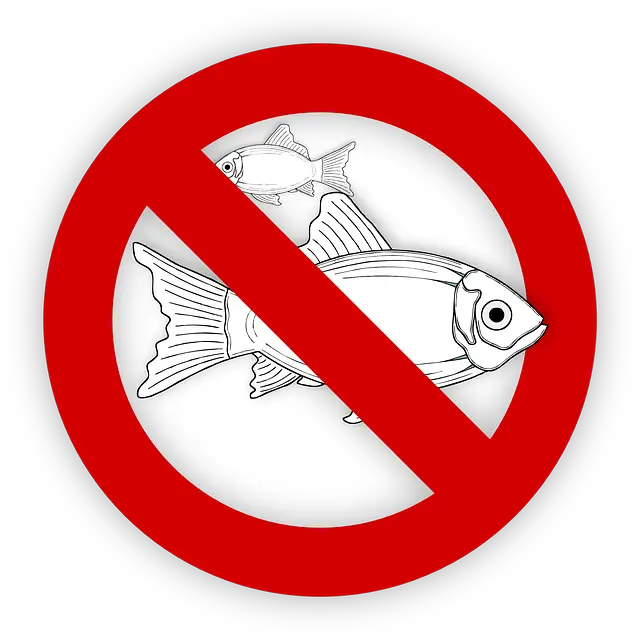
A nutrition label is not placed on the package of a food product for aesthetic purposes. The label gives you information about all the components and ingredients in the food. The benefits of food labels include:
- They tell you the ingredients present in the food product
- Help you avoid foods that can be harmful to you or may react with drugs you are on
- Can help with calorie counting or calculating net carbs on a restricted diet to remain within the recommended net carb intake. Checking how many net carbs are in food will tell you whether it is keto-friendly
- To be able to ascertain nutrition claims made by a manufacturer about their product. If the front claims the product is low carb, checking the nutritional label will tell you the total carb count and net carb in it to confirm these claims
- Helps you choose a product from different brands
- Allows you to focus on foods that meet your nutrition needs and requirements
How to Read Carbs for Keto
To calculate the net carbs of food, you will subtract fiber and sugar alcohols. Even as you are subtracting your sugar alcohols, you should have it at the back of your mind that not all sugar alcohols have zero net carbs.
The issue with most “low-carb” or “sugar-free” foods is the net carb count is higher than what it is thought to be. This is because most manufacturers subtract sugar alcohols from the total carbohydrates, yet the type of sugar alcohol in the product is digestible and absorbable, contributing to your net carb.
The opposite is also true. Other products have their sugar listed as digestible, yet it is not increasing your daily carb intake higher than it is. To know the exact grams of net carbs in your food, you must know your sugar alcohols!
What Are Sugar Alcohols?
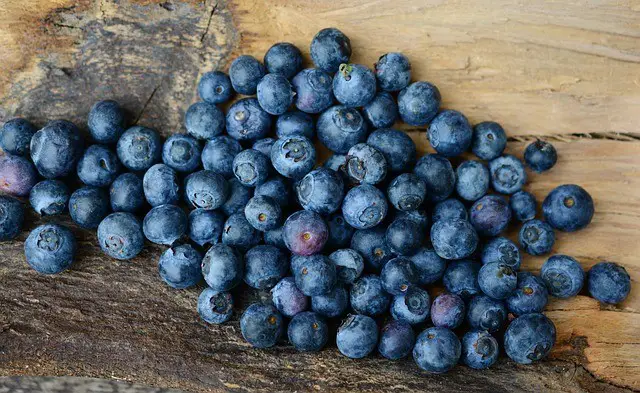
Sugar alcohols are carb sweeteners that contain half the calories of regular sugar. They may or may not affect the net carb counts of food. The glycemic index of sugar alcohols ranges from 0 to 45, depending on the type of sugar alcohol. There are naturally occurring sugar alcohols in fruits and vegetables which have a less significant effect on blood sugar. The other types of sugar alcohols are found by processing sugar added to some salad dressings and condiments.
As I mentioned earlier sugar alcohols are not digested in the body, which is why they are appropriate for the keto diet. How to read carbs for keto depend on the type of sugar alcohol in food.
Which Sugar Alcohols Affect Carb Count?
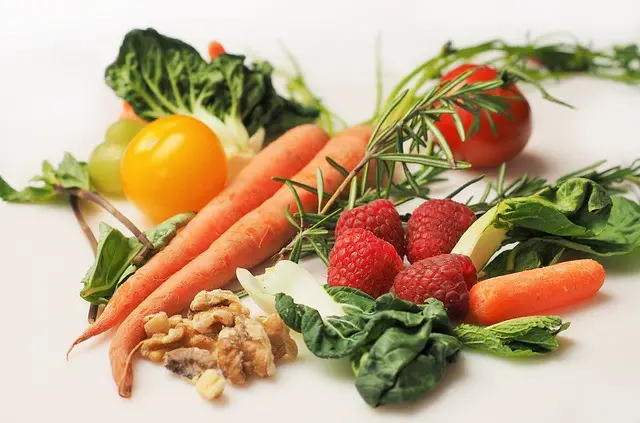
A sugar alcohol’s structure affects its absorption, excretion rates, and its fermentation by gut bacteria. The following sugar alcohols should be partially counted when you are learning how to read carbs for keto:
Sorbitol
If your food product contains Sorbitol, subtract 75% of the total grams of sorbitol from the total carbs to get the net carbs. This is because only 25% of this sugar alcohol is absorbed by the body and it can affect blood sugar, although at a slow rate.
Maltitol
You can deduct 50% of total grams of maltitol when you calculate the net carbs of your food containing this sugar alcohol. Maltilol affects blood sugar levels more than sorbitol because it is released at a faster rate into the bloodstream.
Glycerin
When counting grams of net carbs in your food, you can subtract 50% of the total grams of glycerol or glycerin from your total carbs. Glycerol can be fully broken down in the liver and is fermented by gut bacteria. Glycerol can be metabolized and absorbed fast into the blood raising serum blood sugar and glycerol levels fast.
Isomalt
The absorption of isomalt is poor in the small intestine with most of it undergoing fermentation by gut bacteria. When you want to calculate net carbs in food containing Isomalt, subtract 70% of the total grams of Isomalt.
Sugar Alcohols That Don’t Count Toward Net Carbs
When you start figuring out how to read carbs for keto foods that contain the following sweeteners, you can subtract 100% of their total grams from the total carbs to calculate net carbs:
- Mannitol
- Lactitol
- Xylitol
- Erythritol

Even though some of the sugars are completely indigestible, gut bacteria can break and ferment them, releasing gas in the small intestine that may cause bloating. It is recommended to eat less than 15 g of sugar alcohols in one sitting to avoid stomach discomfort.
Also, avoid artificial sweeteners made from processed sugars. Pick the more natural low glycemic index sweeteners like monk fruit, inulin, Allulose, Stevia, and Tagatose.
What to Avoid To Lower Net Carbs
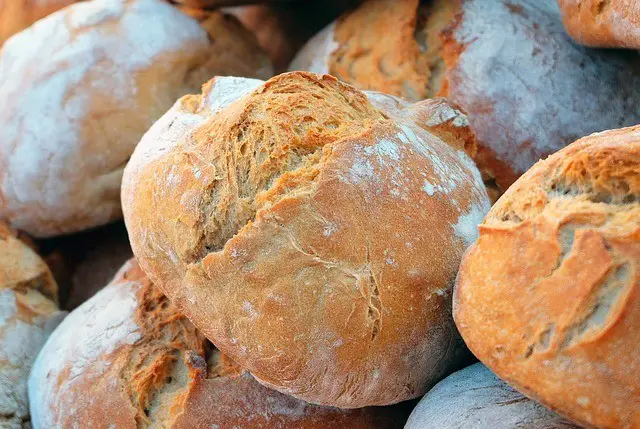
Avoid insulinogenic carbs, which are foods that significantly raise your blood sugar levels after two hours of eating. These foods include processed foods, cereals, high-sugar fruits, artificial sweeteners, sugary drinks, and baked goods.
Stay clear of foods with a high glycemic index, which are foods that can increase blood glucose levels rapidly over a short period. Root tubers and whole grains are avoided on a keto diet because they have a high glycemic index, which can increase insulin resistance.
How to Improve Nutrition without Increasing Net Carbs
Low-carb diets help you to lose weight and are the right dietary choices to improve metabolic health. Keto foods allow for the consumption of nutrient-dense foods like low-starchy vegetables, whole foods, some fruits, nuts and seeds.
Other than being low in net carbs, these foods allow you to reap the benefits of dietary fiber and essential micronutrients that are good for your gut and overall health.
Fiber
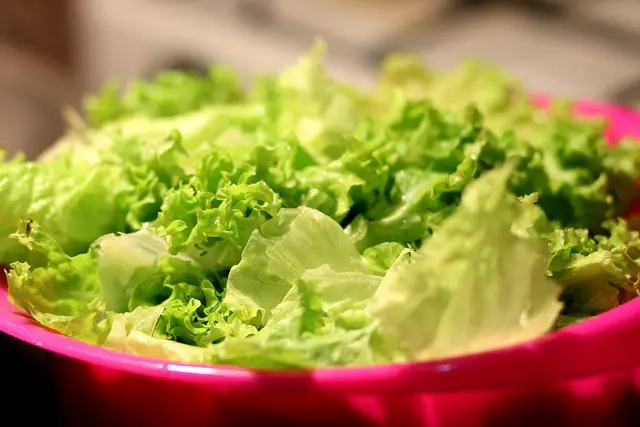
Green leafy vegetables are rich in fiber increase satiety levels and suppress appetite. Moreover, keto-friendly vegetables are low in carbs allowing your body to achieve ketosis. Their low-calorie nature plus their increased satiety levels help you lose weight and control blood sugar levels.
Whole foods, fruits, and vegetables are rich in soluble fiber which slows down digestion reducing the rate at which glucose is released and absorbed in the body. This helps control blood sugar.
A high-fiber diet lowers cholesterol levels in the body reducing the risk of cardiovascular disease. The fact that fiber does not contribute to net carb, makes fiber-rich foods good for weight loss and improving insulin resistance.
Micronutrients
We all need small amounts of micronutrients for optimum functioning. Keto-friendly foods provide low-carb alternatives and foods rich in vitamins and minerals. Non-starchy vegetables and low-sugar fruits like berries and avocados will keep you in ketosis without adding too many net carbs to your diet.
The Fat Aspect of Keto

Even when you’re focusing on lowering your net carbs, you have to remember that a keto diet is a high fat, not low fat. High fat does not mean consuming all the fat you want to consume, it means picking getting 70% to 80% of your total calories from fat intake.
The type of fat you consume on a keto diet is important to reap all the benefits of going keto. You’re not checking only the carbohydrate content on food labels. Pay attention to the type of fat in your food product. Eat more foods rich in unsaturated fat, those with saturated fat in moderation, and avoid trans fat from junk foods and partially hydrogenated oils. Monounsaturated and polyunsaturated fatty acids (MUFAs and PUFAs) and medium-chain triglycerides (MCTs) are the best options when it comes to fats and oils. Oils like olive oil and coconut oil should be the perfect addition to your low-carb diet.
Final Thoughts
It is important to know how to read carbs for keto when on a high-fat, low-carb diet. How to calculate net carbs can feel confusing at the beginning but when you get a hang of it you realize it introduces variety into your keto diet without affecting your total net carbs.
Even as you focus on restricting carbs, do not forget about the fats you consume on your keto diet. Pick healthy fats over trans fats from processed foods. Variety and flexibility are key in ensuring the success of your keto diet. Speak to your health coach to assist you to find the right information on how to calculate net carbs.
Do you think nutrition labels are necessary? Do you ever take a look at the nutritional facts label on the package of your food? If not, is it because you don’t know how to calculate net carbs? Let me know in the comment section below!
